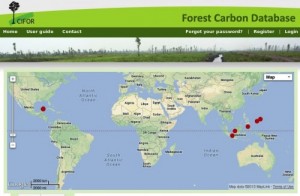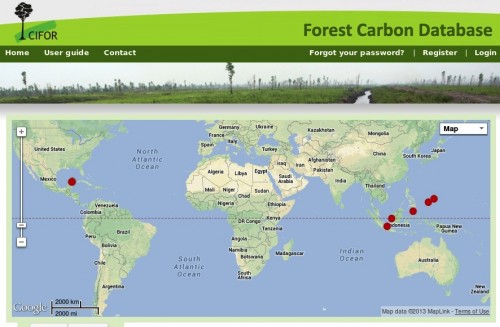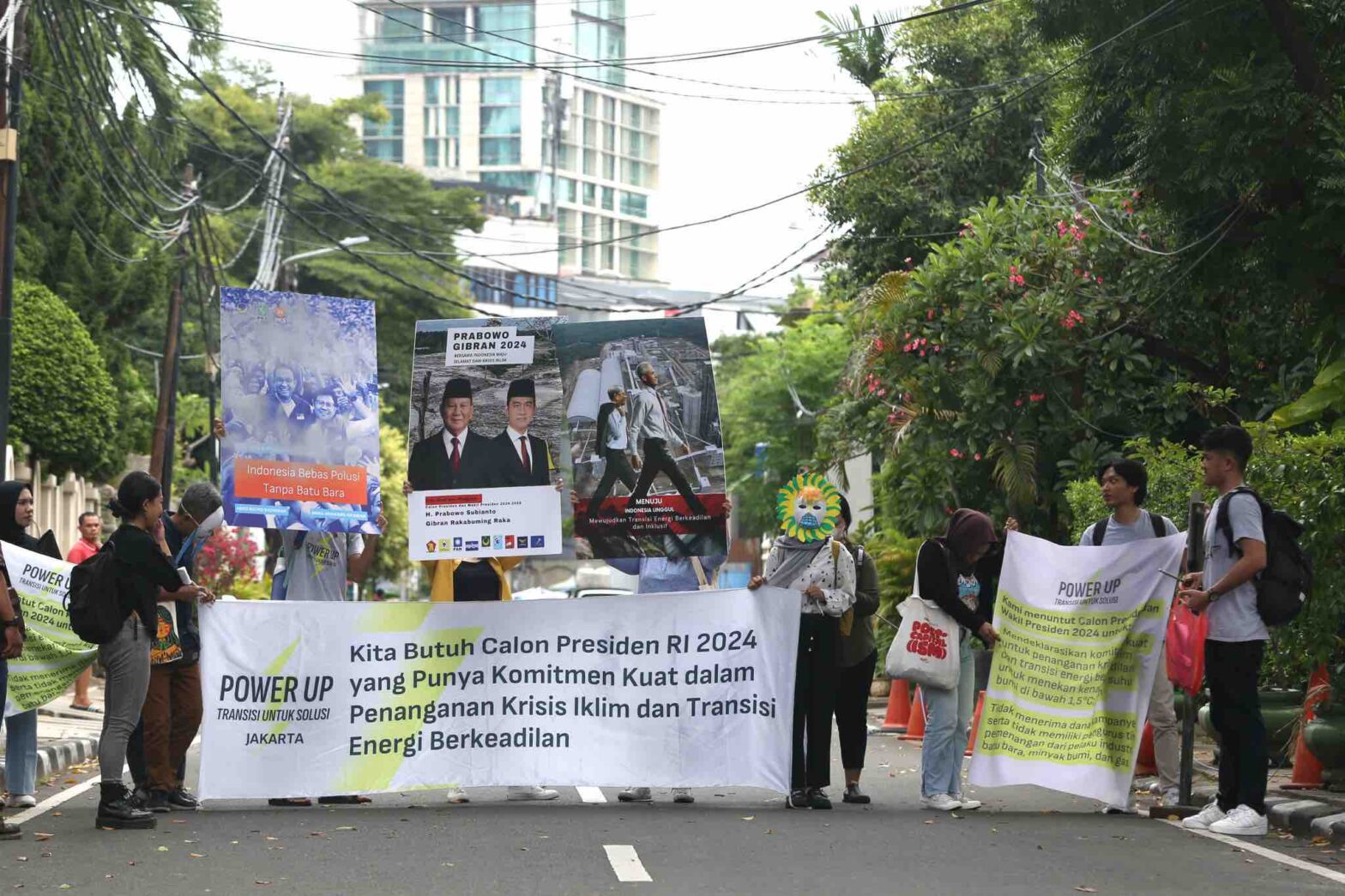 Bogor, Cifor – A new online portal for monitoring, reporting and verifying (MRV) carbon emissions allows researchers and practitioners to better manage forest inventories, its creators say.
Bogor, Cifor – A new online portal for monitoring, reporting and verifying (MRV) carbon emissions allows researchers and practitioners to better manage forest inventories, its creators say.
The Forest Carbon Database (FCDB) can be used to share measurements of carbon pools — reservoirs with the capacity to store and release carbon, the chemical basis of all known life and climate warming gases.
Originally designed as part of the Sustainable Wetlands Adaptation and Mitigation Program (SWAMP), a collaborative effort between the Center for International Forestry Research (CIFOR) and the U.S. Forest Service (USFS), the interactive tool has been updated to include the capacity to help develop national and sub-national activities.
“We’ve revamped the design by adding a map that shows some of the specific sites being monitored,” said Sigit Sasmito, a researcher at CIFOR. “We’re hoping people will register and contribute their own carbon information and the relevant data they collect.”
The relaunched app aims to provide improved guidance for greenhouse gas (GHG) inventories – including default emission factor values on wetlands — in time for the October release of the 2013 supplement to the 2006 Intergovernmental Panel on Climate Change (IPCC) guidelines for national GHG inventories on wetlands, said Daniel Murdiyarso, a principal scientist at CIFOR.
“Users can manage sample plots and research forest carbon stocks, including aboveground and belowground tree biomass, dead woody debris, soil and undergrowth. Registering their activities will improve visibility,” Murdiyarso said.
“The system may be utilized to develop emission factors and activity data to help countries do their own inventories with better estimates.”
Tropical wetlands, especially peatlands and mangroves, play an important role in global carbon cycling, and standard methods are needed for effective MRV to quantify carbon stocks, sequestration and greenhouse gas emissions, he said.
Although peatlands cover only about .25 percent of the Earth’s land surface, they contain about 3 percent of the global soil carbon stocks and at least 20 percent of global peat carbon, according to research by Murdiyarso and co-author Boone Kauffman.
Mangroves not only help protect coastal zones from tropical storms and provide habitats for fish and wildlife, but they are important global carbon pools.
“I foresee this forest carbon portal as a place for them to park the data for further analysis in line with data management policy,” Murdiyarso said, adding that meta data provides information on land cover, forest type, soil and climate. (JULIE MOLLINS)
This article have been published in blog.cifor.org
Picture: blog.cifor.org


